|
My first essay into my Elizabethan-inspired ensemble is a blackwork ruffle, mainly because a ruffle can be used anywhere, so I could make it even when I didn't have any clothing patterns. It seemed a good way to get started on the project and see how I liked blackwork. To start with, I searched for pattern inspiration. I don't want to exactly copy a period piece, since this outfit is for me, not for history; I want to embroider things I like. So I searched first for stylized images of swallows or other birds, but found nothing that looked Elizabethan. Swallows and birds are just too curvy for blackwork, I guess. I tried to draw my own, but I'm not very good at drawing, and even worse at abstracting things. So I decided on flowers, instead. My first effort was substantially copied from Paula Katherine Marmor's patterns, which she put up for "personal and educational use". (I love people who share their work!) I took the daffodil and improvised a sun. Then I drew a few of my own flowers, which look less historical than hers; the biggest difference is that the historical patterns (or Marmor's modern ones) have a pixelated look, since they're drawn and meant to be sewn on a grid. Mine are curvier, because I can't seem to get the hang of the grid, and my fabric is a fine weave, so it doesn't enforce a grid. I sewed six flowers thus derived: From left to right we have a snowdrop, an iris, a sun (can't have flowers without sun, right?), a daffodil, eyebright, a top-view of mint (the triangley one), and a gillyflower. The daffodil and gillyflower are Marmor's, the rest mine. Liking the look of this ruffly botanical so much, I searched for "Tudor botanical" online and found The Tudor Pattern Book on BiblioOdyssey. Many pages have one or two flowers drawn realistically at the top, and underneath a stylized flower that looks sort of like the love-child of the upper two flowers, as drawn by Dr. Seuss. Quintessential Tudor style! It's a good source of inspiration. Another, more personal, source is my sketchbook from years ago when I lived in Northern Minnesota. I drew flowers as a way of studying them:
For those wondering about materials used, I tore a strip of cotton sheeting for the ruffle, and used all-purpose thread for the embroidery. As yet, I have no use for the ruffle, but I'm sure I'll be able to put it somewhere. And if not, it was still been educational and fun to do! Turns out I do enjoy blackwork embroidery. Good to know! HISTORICAL ACCURACY? My materials are not historically accurate. I'm pretty sure the white fabric in period would have been linen, and I don't know what fibers they embroidered with. My method of transferring patterns (draw lightly with a pencil and then trace over it with filled running stitch or "Holbein stitch") is doubtful. Did they have pencils back then? Did they draw the patterns on the fabric or go by eye? I don't know. My patterns themselves are not historical. And I'm not using any of the counted stitch fill patterns so typical of the Spanish/Moorish aesthetic. Yet the look is close to the look of the blackwork in portraits, if less adeptly done. It's a start!
3 Comments
The Sister
2/13/2018 11:19:10 am
I always wonder how accurate the portraits are to the likeness of the poser. With so many portraiture artists from the times, we get a bunch of different ideas of what the monarch actually looked like in real life. Perhaps each painter saw a different side of their sitter?
Reply
With Queen Elizabeth I, the portraits were definitely not accurate, especially as she aged. They were carefully crafted political statements which sent several consistent messages:
Reply
The Sister
2/19/2018 05:53:41 pm
Your comments make me crack up. (Even "Vogue to Wasserman: 'This is what you'd look like if you were good enough for us!'" #thatllleaveamark Ouch!) Leave a Reply. |
Karen Roy
Quilting, dressmaking, and history plied with the needle... Sites I EnjoyThe Quilt Index Categories
All
Archives
March 2024
|
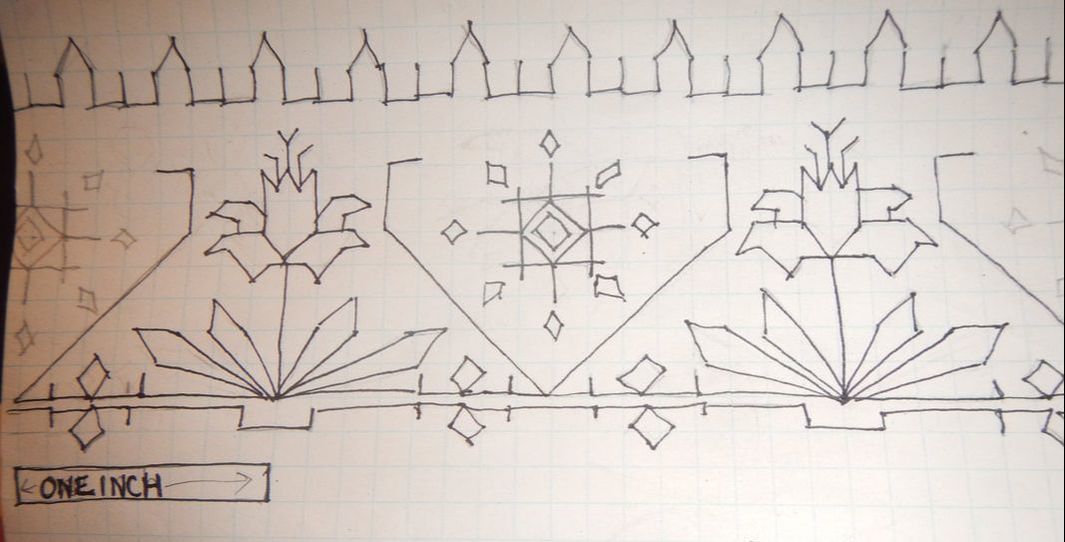
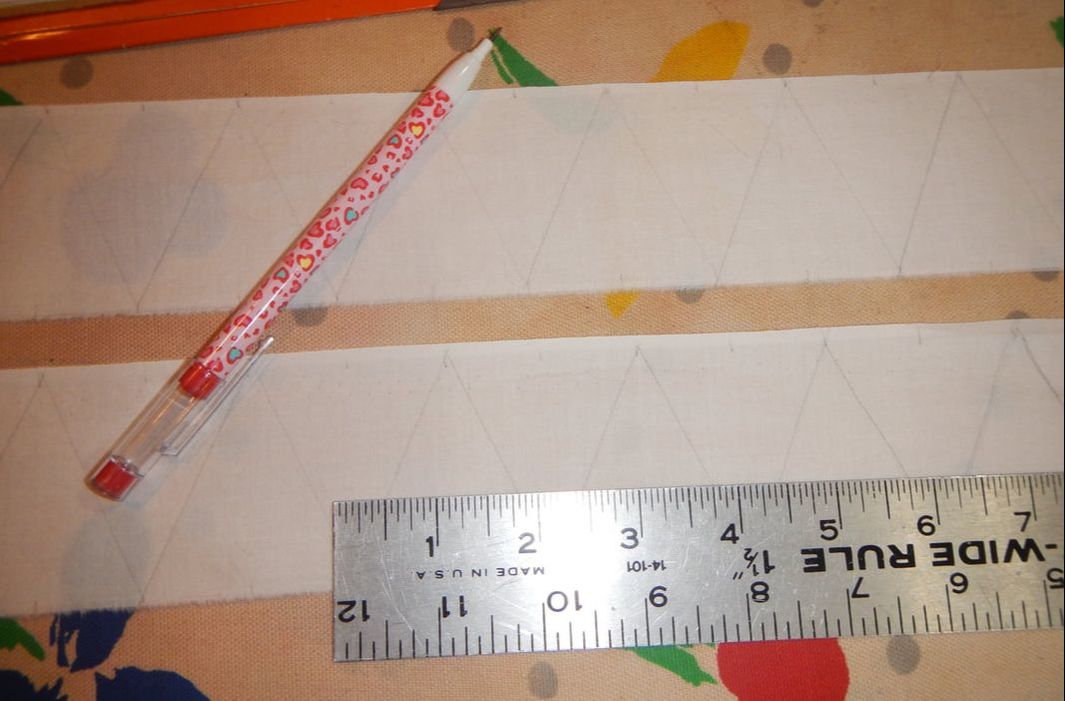

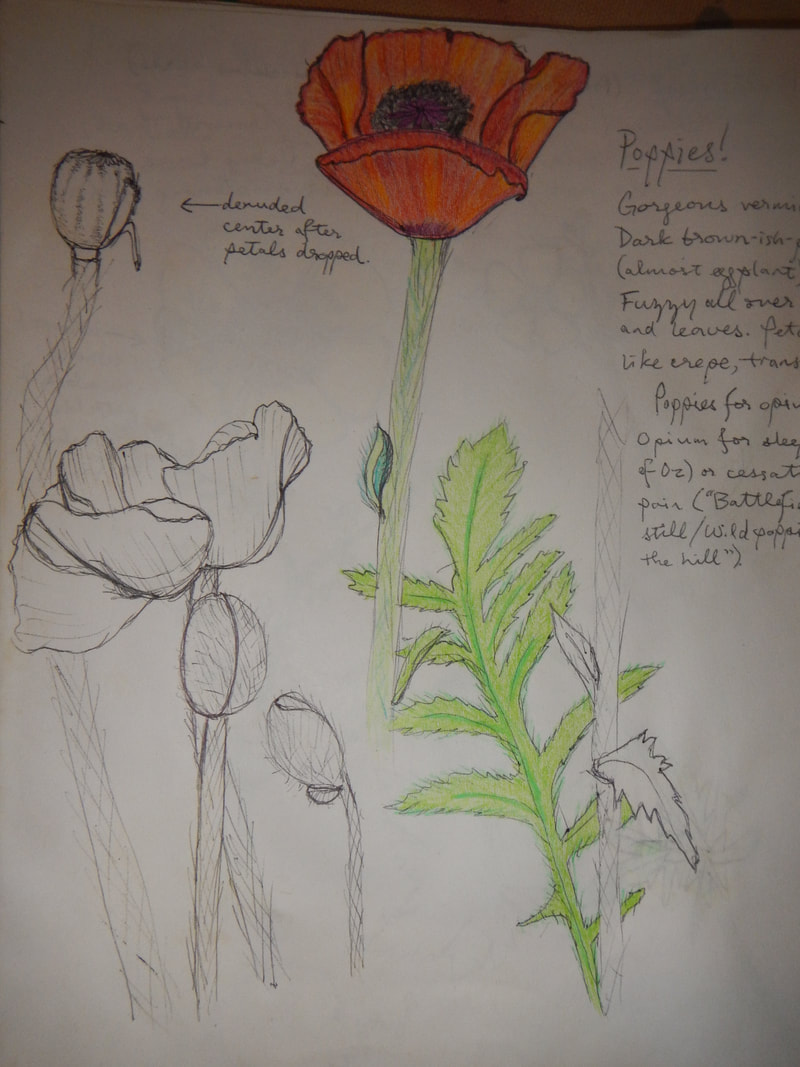
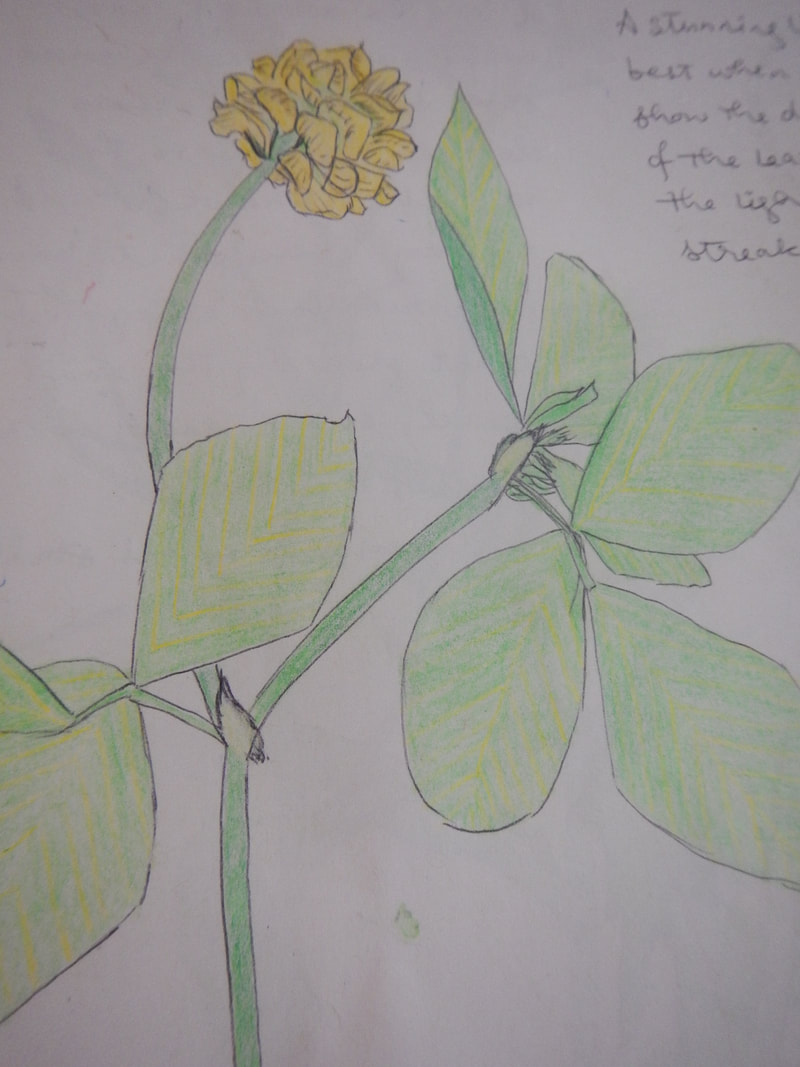
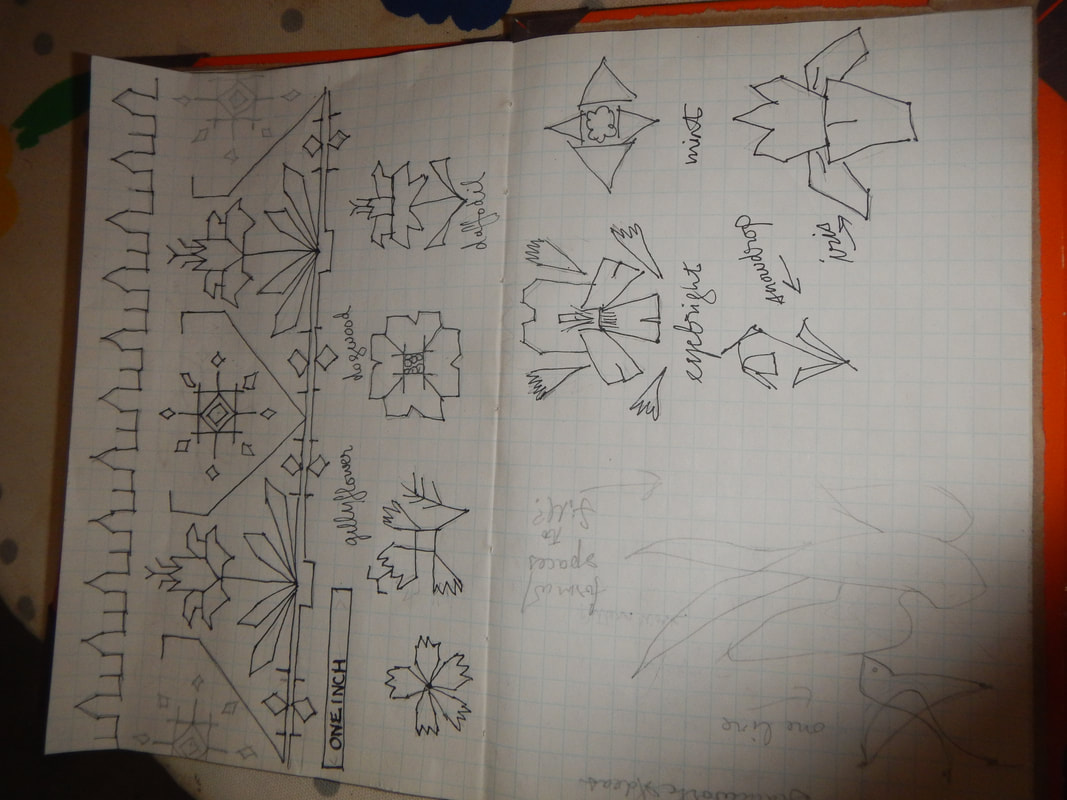
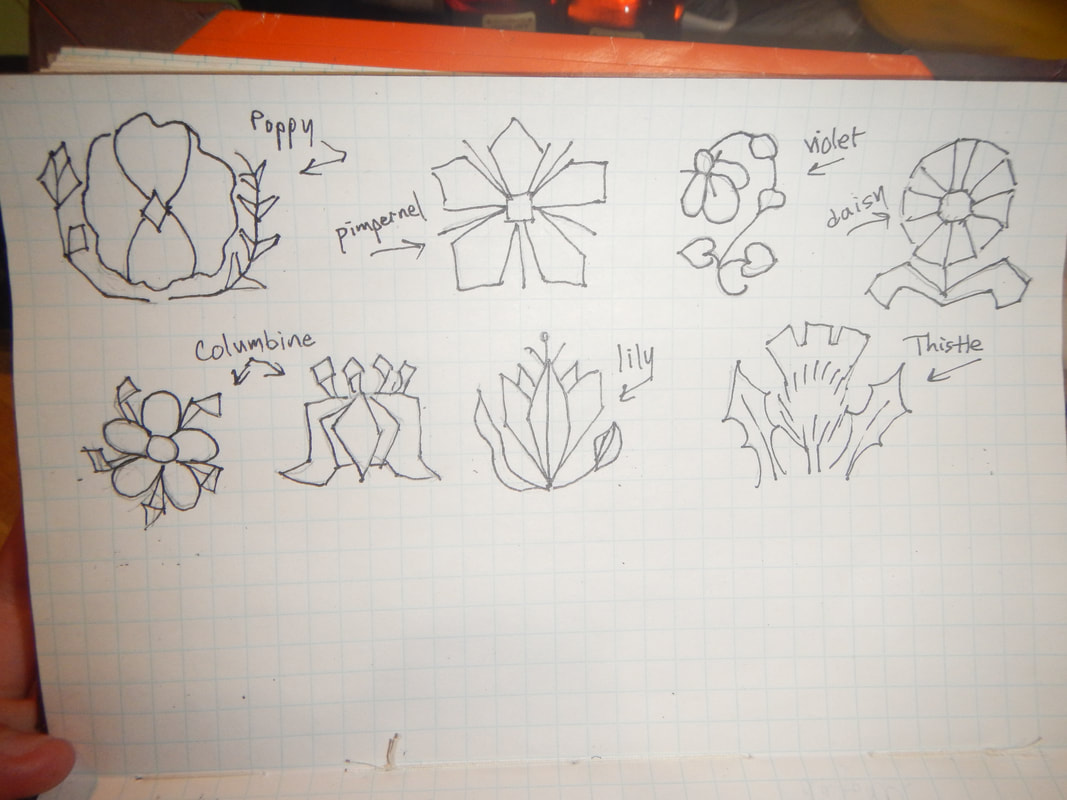
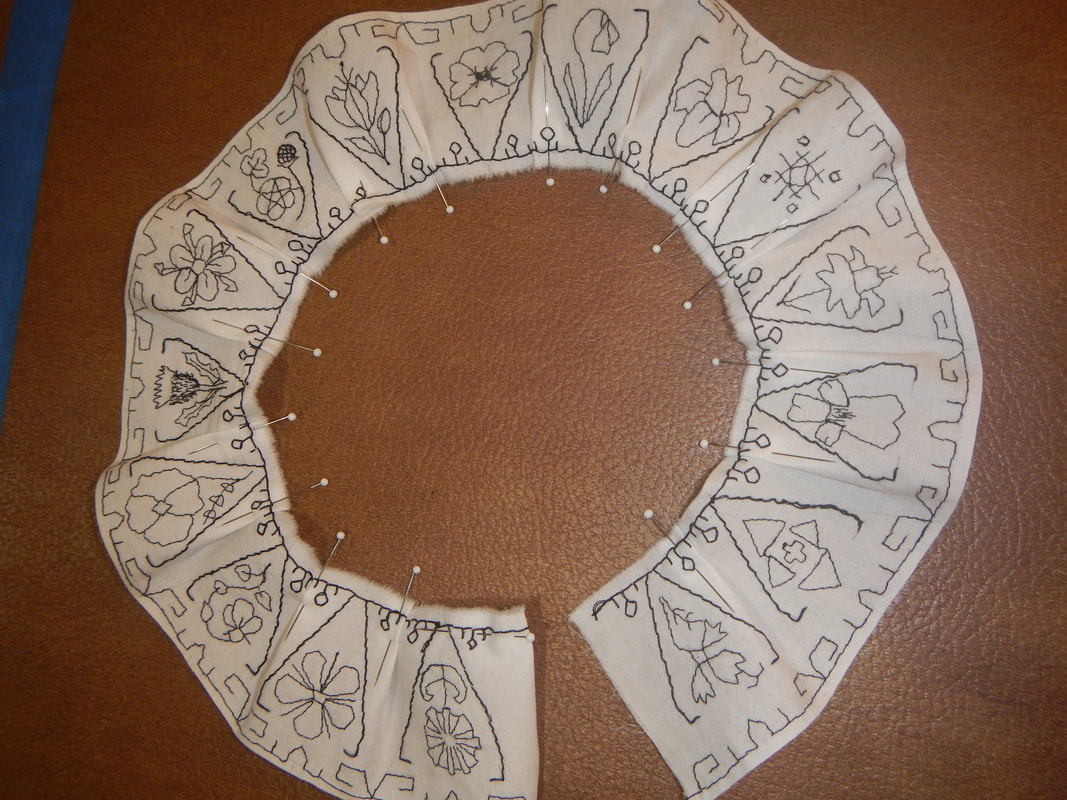
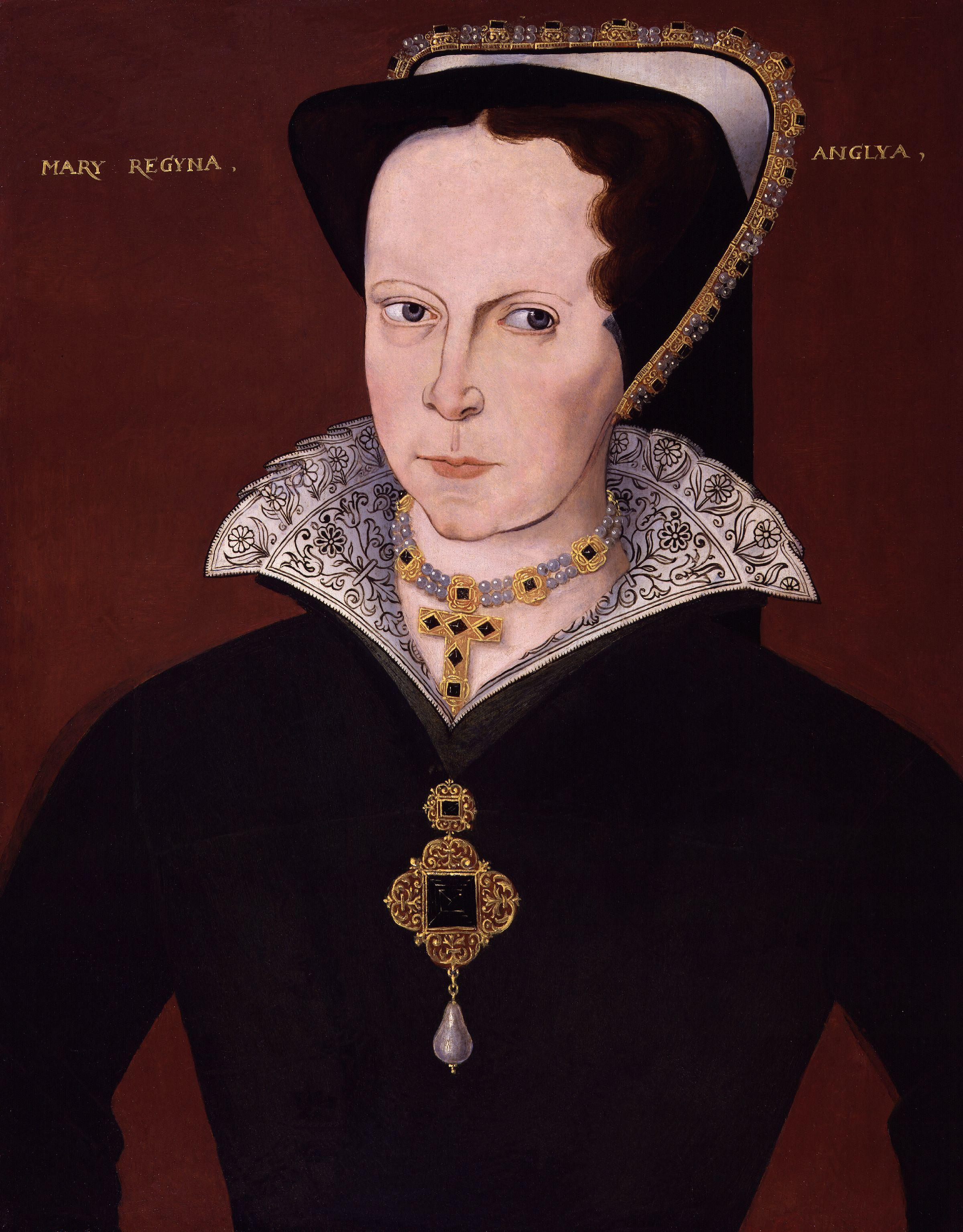
 RSS Feed
RSS Feed